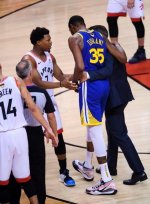Say you have straight in shot downtable and you just want to roll forward a couple inches. You can either strike the ball slightly above center, but you have to hit the cb kinda hard so that it doesn't get too much forward roll, you can hit it center ball and have just a bit of forward roll develop, or you can hit a draw shot with less force so it turns into forward roll.
Which do you think is the most reliable? Lately I've been doing the draw type shot but seems like it gives more of a chance for masse effect if hit off center and more of a chance for a table roll
Edit: and I guess you can also just roll it slow but on the tables I play on that's not a great option
I have an analytical drill of sorts that I teach for stun follow. But the basic is to understand what the stop/stun shot is at that distance, and shoot that but 1/2 tip (or whatever) higher.
Is either slower or faster more reliable? I'll go with: whatever your natural speed is, that's the most repeatable. If you don't know what your natural stroke speed is, you might want to see a PBIA instructor or any instructor that teaches natural stroke speed baseline.
Freddie <~~~ doesn't do the drills


